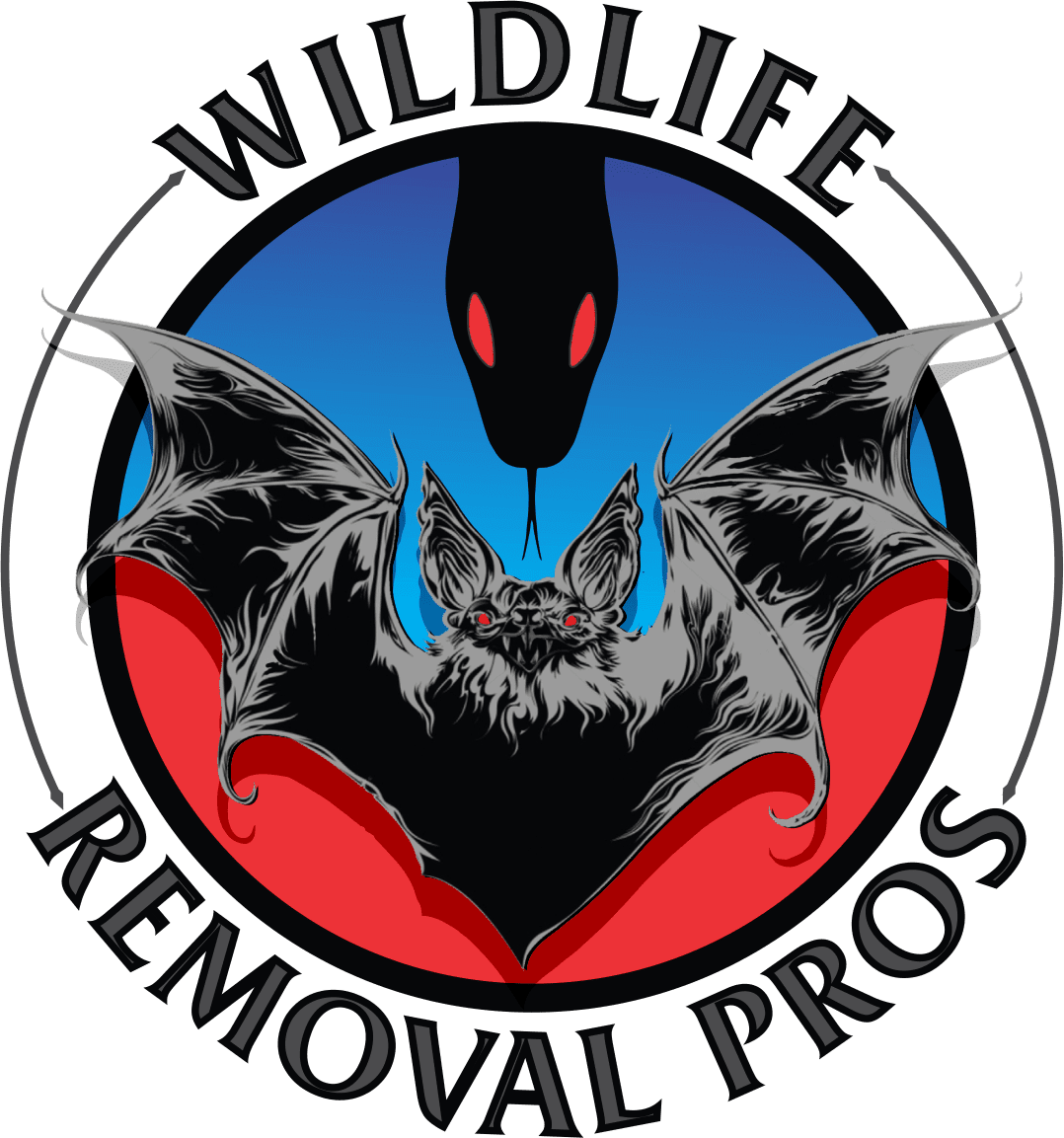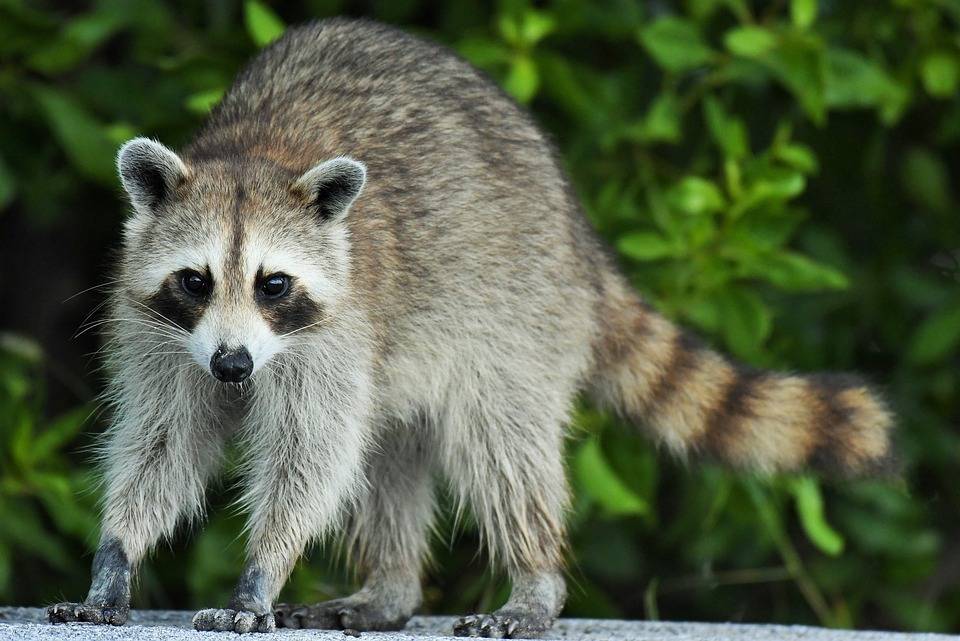
Masked Bandits: The Secret Lives of Lexington Kentucky’s Urban Raccoons
The Urban Jungle
Lexington, Kentucky, with its rich history and vibrant culture, is also home to a unique population of urban raccoons. These fascinating creatures have adapted to the urban environment, finding clever ways to thrive amidst the bustling cityscape. As a wildlife control professional in Lexington, we have had the opportunity to observe the secret lives of these masked bandits up close.
Nocturnal Neighbors
Raccoons are primarily nocturnal animals, which means they are most active during the night. In Lexington, this behavior allows them to navigate the city undisturbed, exploring neighborhoods, parks, and even commercial areas in search of food and shelter. Their nimble paws and sharp claws make them excellent climbers, enabling them to scale buildings and trees effortlessly. This nocturnal lifestyle further enhances their ability to remain hidden from human sight.
A Diverse Diet
Urban raccoons are highly adaptable when it comes to their diet. While their natural diet consists of fruits, nuts, and small animals, they have learned to take advantage of the readily available food sources in the city. Lexington’s urban raccoons have developed a taste for human waste, raiding trash cans and dumpsters in search of discarded food. They are also known to feast on pet food left outside and even explore gardens for fresh produce. This flexibility in their diet contributes to their success in urban environments.
Resourceful and Intelligent
Raccoons are incredibly resourceful animals. In Lexington, they have been observed using their dexterous paws to manipulate objects and solve complex problems. They can open latches, turn doorknobs, and even unzip bags, making them adept at accessing human structures and resources. Their intelligence is evident in their ability to remember locations where they have found food in the past, allowing them to revisit these areas and maximize their chances of success.
Adapting to Urban Challenges
The urban environment presents unique challenges for raccoons, but they have proven to be highly adaptable. Lexington’s raccoons have become experts at navigating the city’s infrastructure, including sewer systems and storm drains. These spaces provide them with shelter and protection from predators and harsh weather conditions. They have also learned to avoid human encounters by staying hidden during the day and utilizing their keen sense of hearing and smell to detect potential threats.
Urban Coexistence
While raccoons may be fascinating creatures to observe, their presence in urban areas can sometimes lead to conflicts with humans. They may damage property, create a mess by rummaging through trash, or even pose a threat to pets. As a wildlife control professional in Lexington, we understand the importance of maintaining a balance between urban development and wildlife management. Our services aim to provide humane solutions for both humans and raccoons, ensuring peaceful coexistence in the city.
Call Us for Professional Wildlife Control Services
If you are facing raccoon-related issues in Lexington, Kentucky, our professional wildlife control services are here to help. Our team of experienced experts understands the behavior and habits of urban raccoons and utilizes effective and humane methods to address any problems you may be experiencing. Contact us today for a consultation and let us take care of your masked bandit concerns, so you can enjoy the beauty of Lexington’s urban wildlife without any worries.
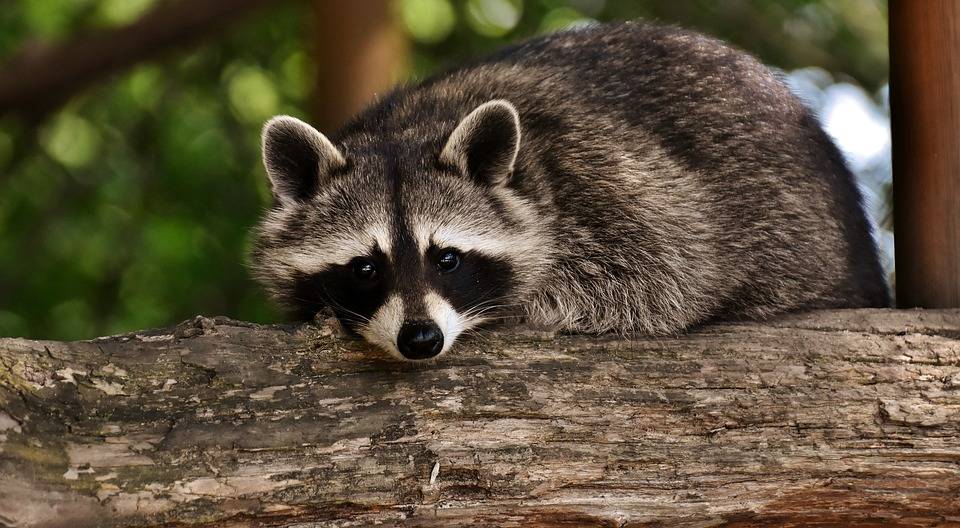
Raccoon Poop Identification in Lexington Kentucky
Introduction
Raccoons are common wildlife animals found in Lexington, Kentucky. As a wildlife control professional in this area, we understand the importance of identifying raccoon poop to ensure the safety and well-being of both humans and animals. In this article, we will discuss the characteristics of raccoon feces and how to properly identify them.
Size and Shape
Raccoon droppings are usually cylindrical in shape and have rounded edges. They are similar in appearance to dog feces, but slightly smaller. The average size of raccoon poop is about 2-3 inches in length and 0.5-1 inch in diameter. However, the size can vary depending on the size and diet of the raccoon.
Color and Texture
Fresh raccoon droppings have a dark brown to black color, resembling that of a chocolate bar. As the droppings age, they may become lighter in color and may even turn gray. Raccoon feces also have a shiny appearance due to the high moisture content.
In terms of texture, raccoon poop is usually smooth and has a soft consistency. It may appear mushy or moist, especially when fresh. However, as it dries out, it can become harder and crumbly.
Contents
One distinctive characteristic of raccoon feces is the presence of undigested food items. Raccoons are omnivorous creatures, which means their diet consists of both plant matter and small animals. As a result, their droppings often contain remnants of berries, seeds, and nuts, as well as bits of insects, small bones, or fur.
Location and Clusters
Raccoons are known to defecate in specific areas called latrines. These latrines can be found in various locations, including attics, crawl spaces, woodpiles, and gardens. In urban areas, raccoons may create latrines near dumpsters or trash cans.
When raccoons establish a latrine, they tend to use the same spot repeatedly. This can result in the accumulation of a large number of feces, forming clusters or piles. It is important to identify these latrines to prevent the spread of diseases and to address any potential infestation issues.
Associated Risks
Raccoon feces can pose serious health risks to humans and pets. They may contain parasites, bacteria, and viruses that can cause diseases such as raccoon roundworm, leptospirosis, and salmonellosis. These diseases can be transmitted through direct contact with the feces, inhalation of airborne particles, or ingestion of contaminated food or water.
It is crucial to handle raccoon droppings with caution and avoid any direct contact. If you suspect the presence of raccoon feces in or around your property, it is advisable to seek professional wildlife control services in Lexington, Kentucky.
Conclusion
Identifying raccoon poop is an essential step in ensuring the safety and well-being of your household and surroundings. By understanding the characteristics of raccoon feces, such as size, shape, color, texture, contents, and location, you can take appropriate measures to prevent the spread of diseases associated with raccoon droppings.
If you suspect a raccoon infestation or need assistance in removing raccoon feces from your property in Lexington, Kentucky, don’t hesitate to contact our professional wildlife control services. Our expert team has the knowledge and experience to handle raccoon-related issues effectively and safely.
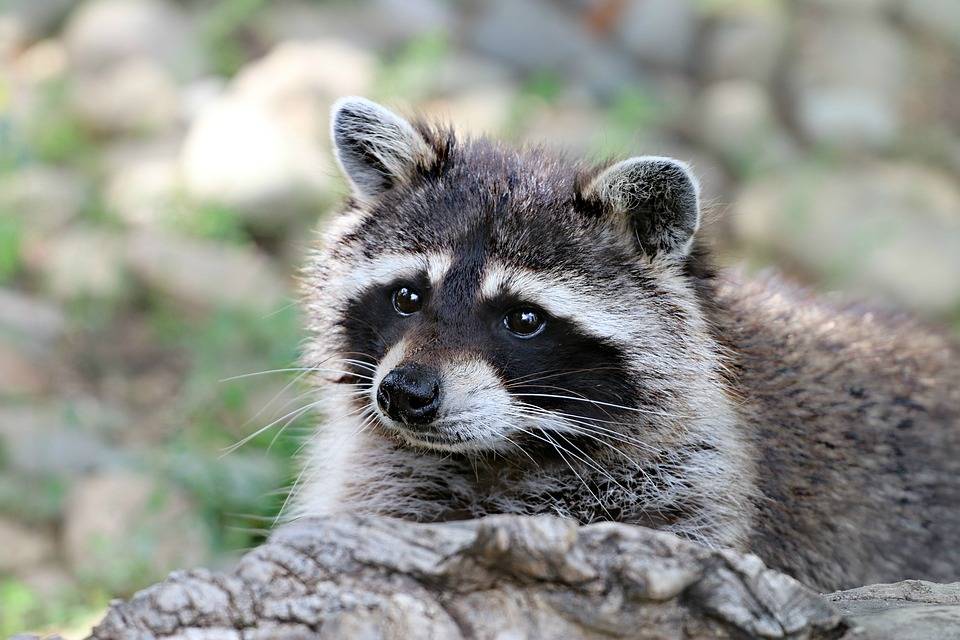
The Most Common Raccoon Entry Points in Lexington Kentucky Homes
Raccoons are a common sight in Lexington, Kentucky, and can often become a nuisance when they find their way into residential homes. These intelligent creatures are skilled climbers and can easily access homes through various entry points. As a professional wildlife control company in Lexington, Kentucky, we have encountered numerous cases of raccoon infestations and identified some of the most common entry points they use. Understanding these entry points can help homeowners take preventive measures to protect their homes from raccoon intrusions.
1. Chimneys
Chimneys provide an ideal entry point for raccoons as they offer a direct path into the warmth and safety of a home. In Lexington, where many homes have chimneys, raccoons can climb up the exterior of the chimney or even enter through an uncapped or damaged chimney top. Once inside, they can cause extensive damage to the chimney structure and potentially enter other areas of the house.
2. Attics
Attics are another common entry point for raccoons. These agile animals can climb trees and jump onto roofs, making it easy for them to access the attic through vents, roof gaps, or damaged soffits. Once inside, raccoons can wreak havoc by tearing insulation, defecating, and causing damage to electrical wires.
3. Roof Vents
Roof vents are designed to provide ventilation to the attic, but they can also serve as entry points for raccoons. These vents are often made of flimsy materials, making them vulnerable to raccoon entry. In Lexington, Kentucky, where extreme weather conditions are common, raccoons may seek shelter in attics through these vents, causing damage and creating a potential health hazard.
4. Soffits and Fascia
Soffits and fascia are the vulnerable areas located under the eaves of a home. Raccoons can easily pry open or chew through these weak spots to gain access to the attic. Once inside, they can cause extensive damage and create a breeding ground for fleas, ticks, and other parasites.
5. Roof Gaps and Holes
Raccoons are excellent climbers and can easily squeeze through small gaps and holes in the roof. Over time, weather conditions and aging can create gaps and holes in the roof, providing raccoons with an opportunity to invade homes. Lexington, Kentucky, experiences harsh weather conditions, which can exacerbate these gaps and holes, making it easier for raccoons to find their way in.
In conclusion, raccoons in Lexington, Kentucky, can find their way into homes through various entry points, including chimneys, attics, roof vents, soffits and fascia, and roof gaps and holes. These clever creatures can cause extensive damage and create potential health hazards if not addressed promptly. If you suspect a raccoon infestation in your home or notice any signs of their presence, it is crucial to seek professional wildlife control services to safely remove them and prevent further damage. Protect your home and family by taking action against raccoon intrusions today. Call our professional wildlife control services to ensure a raccoon-free home.
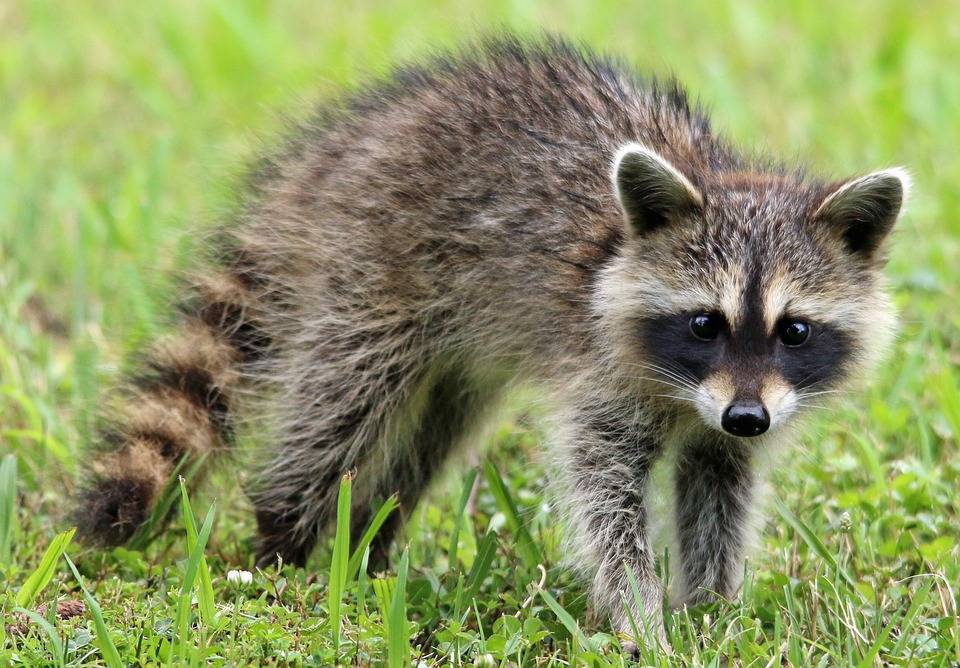
How to Keep Raccoons Out of Your Garden in Lexington Kentucky
Understanding the Raccoon Problem in Lexington, Kentucky
Raccoons are a common sight in Lexington, Kentucky. These intelligent and adaptable creatures are known for their mischievous nature and their ability to wreak havoc in gardens. As a wildlife control professional in Lexington, Kentucky, we understand the frustration that raccoons can cause for gardeners in the area. Raccoons are attracted to gardens because they provide a readily available source of food, including fruits, vegetables, and even small animals. In this article, we will discuss effective strategies to keep raccoons out of your garden and protect your hard work.
1. Secure Your Garden with Fencing
Fencing is one of the most effective methods to keep raccoons out of your garden in Lexington, Kentucky. Choose a sturdy fence that is at least four feet high, as raccoons are excellent climbers. To prevent raccoons from digging under the fence, bury it at least six inches deep. Additionally, consider adding an electric wire at the top of the fence to deter raccoons from attempting to climb over it. Regularly inspect the fence for any damages or gaps that raccoons could exploit.
2. Eliminate Potential Food Sources
Raccoons are opportunistic feeders, and they will be more attracted to your garden if they find an easy meal. Remove fallen fruits and vegetables from the ground, and pick ripe produce as soon as possible. Secure your garbage cans with tight-fitting lids or store them in a raccoon-proof enclosure. Lexington, Kentucky gardeners should also avoid leaving pet food or bird feeders outside, as these can also attract raccoons.
3. Use Repellents
There are various repellents available in the market that can deter raccoons from entering your garden in Lexington, Kentucky. These repellents work by emitting unpleasant smells or tastes that raccoons find offensive. Apply these repellents around the perimeter of your garden, focusing on areas where raccoons are more likely to enter. Remember to follow the product instructions carefully and reapply as needed, especially after rain.
4. Install Motion-Activated Devices
Motion-activated devices can startle and deter raccoons from entering your garden in Lexington, Kentucky. These devices use sensors to detect movement and emit a loud noise, flash lights, or release water. Place these devices strategically around your garden, near potential entry points such as gates or fences. The sudden noise or spray of water will startle raccoons and make them think twice before approaching your garden again.
5. Seek Professional Wildlife Control Services
If you have tried various methods to keep raccoons out of your garden in Lexington, Kentucky without success, it may be time to seek professional wildlife control services. Wildlife control professionals have the knowledge, experience, and tools to effectively remove raccoons from your property. They can also provide long-term solutions to prevent raccoon infestations in the future, such as exclusion techniques and habitat modifications.
Protect Your Garden in Lexington, Kentucky
Gardening can be a rewarding and enjoyable hobby in Lexington, Kentucky, but raccoons can quickly turn it into a frustrating experience. By implementing these strategies to keep raccoons out of your garden, you can protect your hard work and enjoy the fruits of your labor. Remember, if all else fails, don’t hesitate to reach out to professional wildlife control services in Lexington, Kentucky to ensure a raccoon-free garden.
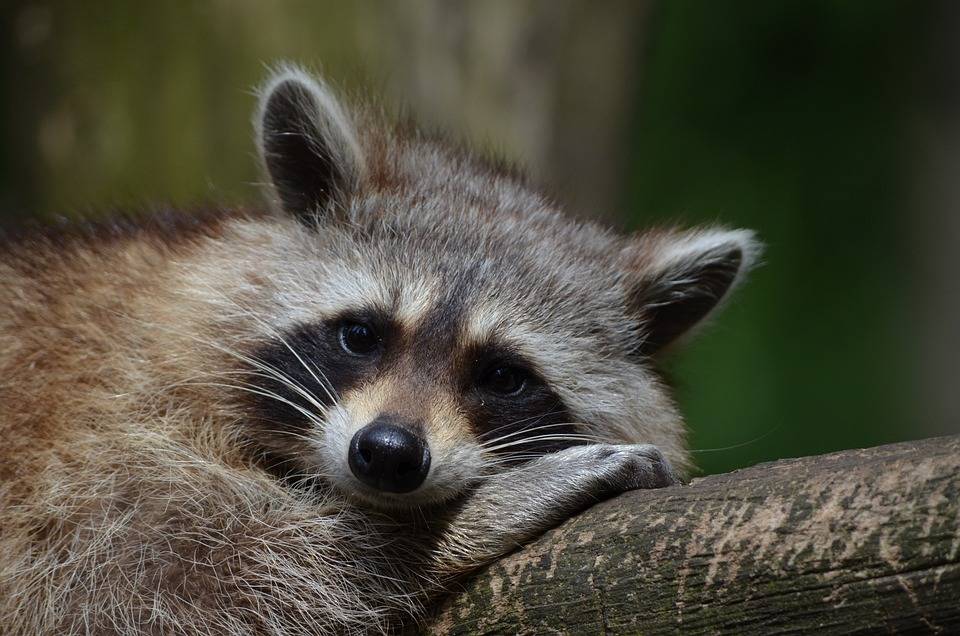
Raccoons and Rabies: What Lexington Kentucky Residents Should Know
The Threat of Rabies
Rabies is a viral disease that affects the central nervous system of mammals. It is typically transmitted through the bite of an infected animal, such as raccoons. Lexington, Kentucky, known for its rich wildlife, is no exception to the presence of raccoons. As a wildlife control professional, it is important to inform the residents of Lexington about the potential dangers of raccoon encounters and the risk of rabies transmission.
Raccoons as Rabies Carriers
Raccoons are one of the most common carriers of rabies in North America. They can easily become infected with the virus and are known to exhibit aggressive behavior when infected. While not all raccoons have rabies, it is crucial to exercise caution around any raccoon encountered in Lexington.
Identifying Rabid Raccoons
Identifying a rabid raccoon can be challenging, as symptoms may vary. However, there are some signs to look out for. Rabid raccoons may display abnormal behavior, such as aggression, unsteady movements, disorientation, and excessive drooling. Additionally, they may make unusual sounds or have a foaming mouth. If you notice any of these signs in a raccoon, it is important to keep a safe distance and contact professional wildlife control services in Lexington, Kentucky.
The Dangers of Rabies Transmission
Rabies is a deadly disease that can be transmitted to humans and other animals through the saliva of an infected animal, typically through a bite. If a rabid raccoon were to bite a person or their pets, it could lead to a potentially life-threatening situation. Therefore, it is crucial to avoid any contact with raccoons and protect yourself and your pets from potential exposure to rabies.
Preventing Raccoon Encounters
To minimize the risk of encountering raccoons, it is important to take preventive measures. Secure your garbage cans with tight-fitting lids to prevent raccoons from accessing food sources. Seal any openings or gaps in your home, such as chimneys or attic vents, that could serve as entry points for raccoons. Additionally, avoid leaving pet food or water outside, as it may attract raccoons and other wildlife.
What to Do if You Encounter a Raccoon
If you come across a raccoon in Lexington, it is important to remember that they are wild animals and should not be approached. Maintain a safe distance and do not attempt to feed or touch them. If you suspect a raccoon may be rabid or behaving aggressively, contact professional wildlife control services immediately. They have the expertise and equipment to safely handle raccoon removal and reduce the risk of rabies transmission.
Professional Wildlife Control Services
When it comes to dealing with raccoons and potential rabies threats in Lexington, Kentucky, it is best to rely on the expertise of professional wildlife control services. These professionals are trained to handle raccoon encounters safely and effectively. They can assess the situation, implement necessary measures to remove raccoons from your property, and provide guidance on preventing future raccoon infestations.
Protecting Your Loved Ones
The safety and well-being of your loved ones, including your pets, should be a top priority. By staying informed about the dangers of raccoons and rabies, you can take proactive steps to protect yourself and your family. Remember, if you suspect a raccoon may be rabid or encounter any wildlife issue in Lexington, Kentucky, contact professional wildlife control services immediately.
If you require professional assistance with raccoon removal or have any concerns about wildlife control, do not hesitate to reach out to our skilled team at [Company Name]. We are dedicated to providing reliable and effective wildlife control services to the residents of Lexington, Kentucky, ensuring the safety and peace of mind of our community.
How to Deal with Raccoon Infestations in Lexington Kentucky
Understanding Raccoon Infestations
Raccoons are common wildlife animals that are prevalent in Lexington, Kentucky. These creatures are known for their distinctive masked faces and ringed tails. While raccoons may appear harmless, they can become a nuisance when they invade residential or commercial properties. Raccoons are adaptable and intelligent, making them skilled at finding food and shelter in urban environments. Understanding the behavior and habits of raccoons is essential in effectively dealing with infestations in Lexington, Kentucky.
Identifying Raccoon Infestations
Identifying a raccoon infestation is crucial to managing the problem. Signs of raccoon activity include damaged property, such as torn shingles, ripped screens, or broken vents. Raccoons are also known to knock over trash cans and scatter the contents in search of food. Their droppings are typically found near food sources, such as garbage cans or pet food dishes. Additionally, raccoons may create dens in attics, crawl spaces, or chimneys. If you notice any of these signs, it’s important to take immediate action to prevent further damage and potential health risks.
Seek Professional Wildlife Control
Dealing with raccoon infestations in Lexington, Kentucky requires the expertise of professional wildlife control services. These professionals are trained to safely and effectively remove raccoons from residential and commercial properties. Attempting to handle raccoons on your own can be dangerous, as they may become aggressive when cornered or feel threatened. Wildlife control professionals in Lexington, Kentucky have the necessary tools and knowledge to handle raccoon infestations safely and humanely.
Assessment and Trapping
Upon arrival, wildlife control professionals will conduct a thorough assessment of your property to determine the extent of the raccoon infestation. They will identify entry points and potential areas where raccoons may be nesting. Once the assessment is complete, they will proceed with trapping the raccoons using humane and legal methods. Trapping raccoons requires a strategic approach, as these animals are intelligent and can avoid capture if not handled correctly.
Exclusion and Repairs
After removing the raccoons from your property, wildlife control professionals will implement exclusion measures to prevent future infestations. This involves sealing off any entry points that raccoons may use to access your home or building. Common entry points include gaps in the roofline, broken vents, or damaged screens. By sealing these openings, wildlife control professionals ensure that raccoons cannot re-enter your property. Additionally, they will repair any damage caused by the raccoons, such as torn insulation or chewed wires.
Sanitization and Cleanup
Raccoons can leave behind droppings, urine, and other contaminants that pose health risks. Professional wildlife control services in Lexington, Kentucky will thoroughly sanitize and clean the affected areas to eliminate any potential health hazards. They will also remove any debris or nesting materials left behind by the raccoons. Proper sanitization and cleanup are crucial to ensure the safety and well-being of residents or employees in the infested property.
Prevention and Education
Preventing future raccoon infestations in Lexington, Kentucky requires understanding their behavior and taking proactive measures. Wildlife control professionals can provide valuable education on raccoon prevention, such as securing trash cans, removing potential food sources, and trimming tree branches that may provide access to your property. By implementing these preventive measures, you can reduce the risk of future raccoon infestations and the associated damage.
Call for Professional Wildlife Control Services
Dealing with raccoon infestations in Lexington, Kentucky requires the expertise of professional wildlife control services. Attempting to handle raccoons on your own can be dangerous and ineffective. If you are dealing with a raccoon infestation, contact a reputable wildlife control company in Lexington, Kentucky to ensure a safe and efficient resolution. Protect your property and the well-being of its occupants by seeking professional assistance.

